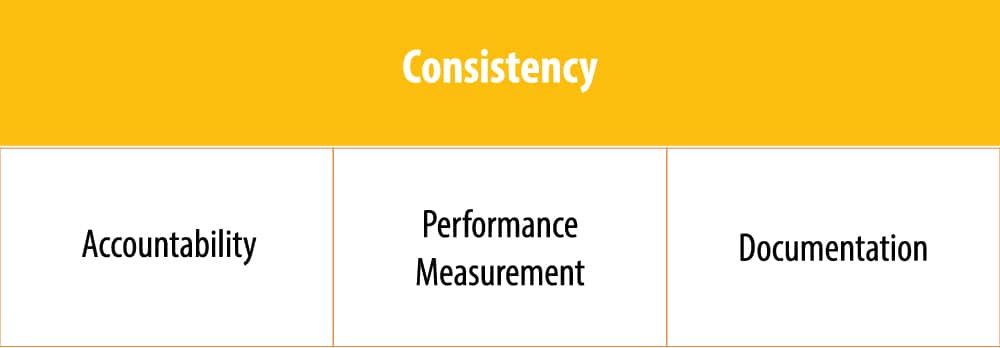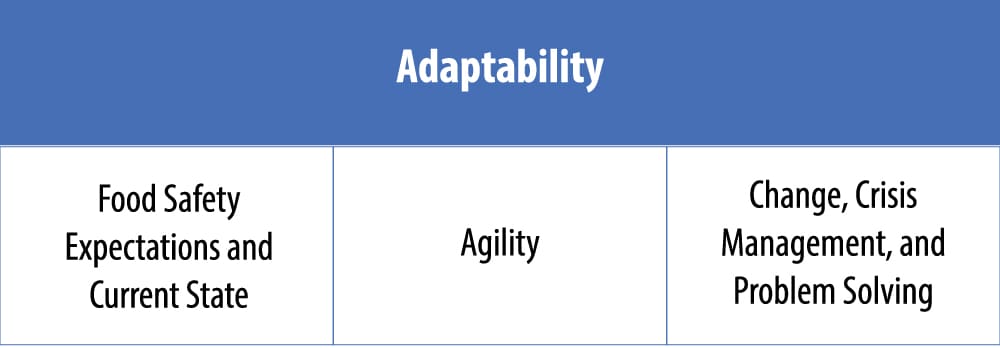
FSSC 22000 V5.1: Decoding Food Safety Culture

Nicole Choo
Management Consultant
The newly released FSSC 22000 version 5.1 not only focuses on the laws and standards to regulate food safety, but it also goes beyond by introducing Food Safety Culture.
The Global Food Safety Initiative (GFSI) technical working group defined food safety culture as, “shared values, beliefs and norms that affect mindset and behaviours toward food safety in, across and throughout the organization.”
How do you define a successful food safety management system?
With that being said, the successful implementation of a food safety management system depends on the culture within the organization. It is the shared responsibilities and commitment from everyone in the organization to develop and continually improve food safety and quality culture.
The food safety culture requirements have included the following elements:
- Communication
- Training
- Feedback from employees
- Performance measurements on food safety-related activities
These requirements have already been covered by ISO 22000:2018 standard. Besides that, the Foundation of FSSC 22000 has released a guidance document to demonstrate ways to meet the requirements of the food safety culture.

You might have questions on methods to evaluate food safety culture in an organization, given that it is something so intangible. To counter that, GFSI has published a paper on “Food Safety Culture – A position from the Global Food Safety Initiative (GFSI)”. That paper helps to address the implementation of a positive mindset in organizations through various strategies.
GFSI has identified 5 dimensions structured for a food safety culture within an organization:
1. Vision and Mission

Food safety culture starts at the top and works their way down the organization’s level. Directions and goals help to provide clarity, vision, priorities and expectations for food safety in the business strategy.
2. People

Behaviors of people could greatly impact food safety. Communicate, educate and empower employees consistently ensures that there is a clear understanding within the organization and thus achieves a sustain food safety culture.
3: Consistency

The alignment of food safety priorities, people, technology, resources and processes are critical in ensuring the effectiveness of the food safety program and supporting its culture.
Consistency occurs in a variety of related decisions, actions and behaviours. This includes accountability, performance measurement and documentation.
4: Adaptability

A strong and engaged leadership plays an important role in the ability of an organization to adapt to change and respond to crisis.
5. Hazards and Risk Awareness

It is important to understand actual and potential food safety hazards and risk at all levels throughout the organization.
It can be accomplished through ongoing training, the use of metrics, rewards, recognition, disciplinary action and reinforcing the importance of recognizing and controlling food safety hazards.
These five cultural dimensions could foster a positive food safety culture. Though it might be a very long process and you might also face some challenges throughout the journey. However, by maintaining an active engagement with the management team, recognition to the employees and constant communication, it will improve the overall performance of the organization.
References:
- A Culture of Food Safety: A Position Paper from the Global Food Safety Initiatives (GFSI).
- FSSC 22000 Guidance Document: Food Safety Culture






